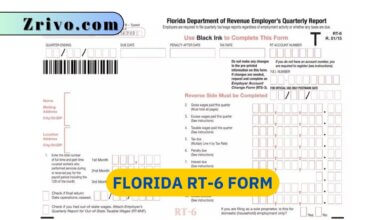Connecticut Pass-Through Entity Tax 2023 - 2024
Connecticut enacted a pass-through entity tax (PTE) designed to work around the $10,000 federal limit on individual state and local taxes (SALT)

The Connecticut pass-through entity tax, or PTET, is designed to provide a workaround to the $10,000 limit on state and local tax deductions imposed by the TCJA. Unlike other states that have passed workarounds, the PTET is an income-based tax on all affected PTEs. In 2024, Connecticut made significant revisions to its pass-through entity tax (PTET) law when it passed P.L. 23-204 (H.B. 6941). The new law, effective for the 2024 tax year and thereafter, made PTET optional rather than mandatory, aligning it with other states that have adopted an opt-in model.
The Act also changed the definition of unsourced income in a way that may have implications for how PTEs compute their PETs. Under the previous version of the statute, unsourced income included all income derived from or connected with sources within another state that had jurisdiction to subject the PTE to tax, regardless of whether it actually did so.
A PE filing a Form CT-1065/CT-1120SI or a Schedule CT K-1, Member’s Share of Certain Connecticut Items, must retain copies of those statements for three years. It is also required to furnish Schedule CT K-1s to its members. PEs must electronically file their federal returns, Form CT-1065/CT-1120SI and any applicable Schedule CT K-1s, using myconneCT or the MeF Program. They also must use Form CT-1065/CT-1120SI ES, Estimated Connecticut Pass-Through Entity Tax Payment Coupon, to make estimated Connecticut tax payments.

How to Calculate Alternative Base Component for the Connecticut PTET?
The alternative base component is calculated by multiplying the PTE’s modified Connecticut-source income by its ownership percentage of residents and nonresidents subject to the Connecticut personal income tax. For example, assume Partnership ABC has three equal partners: a resident individual (A), a nonresident individual (B), and a corporation (C). The standard base is determined by calculating the PTE’s net operating ordinary income of $100,000, using Connecticut’s personal income tax apportionment and sourcing rules. The alternative base is then multiplied by the PTET rate of 6.99%, resulting in a taxable amount of $34,950.
The legislation also reinstates the requirement that PEs file a composite return and withhold tax on the distributive share of nonresident member taxes when the PE’s business is the nonresident member’s only source of CT income. The resulting credit is limited to 87.5% of the nonresident partner’s/member’s/shareholder’s direct and indirect pro-rata share of the PTET paid on behalf of that person by the PE.
In addition, the bill allows for a credit against CT personal income tax for residents who paid taxes in other states because of their work-from-home jobs. This is a welcome expansion of an existing credit that was previously available to individuals who commuted to New York or Massachusetts for work.





